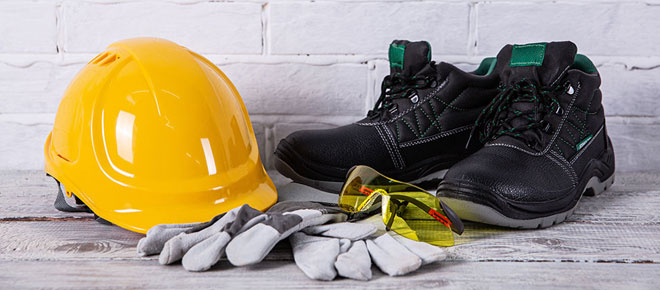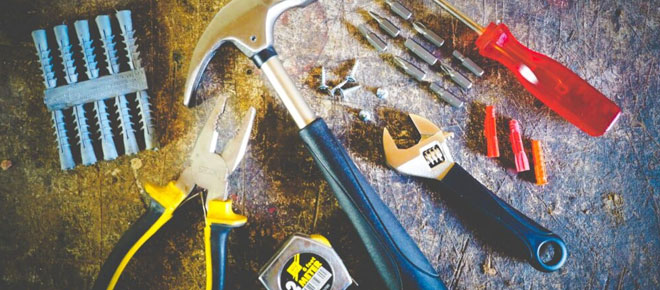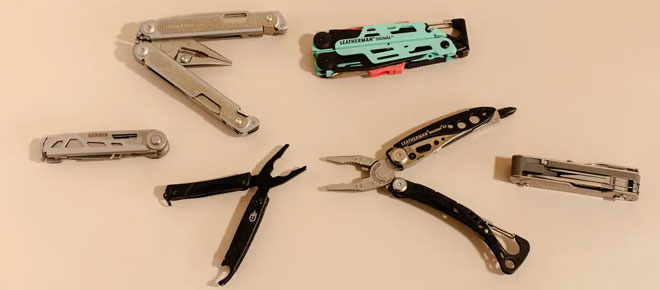The Importance of Wearing Safety Equipment in the Workplace

Personal protective equipment includes safety glasses, hard hats, earplugs, and other gear designed to keep workers safe while on the job. It also helps prevent the spread of infectious diseases such as influenza and tuberculosis.
Head Protection
Head protection is an important element of PPE because it helps protect the scalp and jaw areas from injury and damage caused by impact and fire hazards. It also prevents injury from falling objects, electrical risks, and other hazards that can affect the health of workers.
The most common type of head protection is a hard hat or helmet. Designed for use in industrial and construction environments, these head protectors reduce the force of impacts from falling or flying objects.
In addition to reducing the risk of head injury, these protective headgears also prevent overheating and burn injuries. They are designed to fit a wide range of heads and have adjustable straps to ensure that they fit snugly and securely.
Depending on the workplace, workers may be required to wear a hard hat in specific areas of the site. These are designated as 'hard hat zones' under health and safety legislation.
If you're required to wear a safety helmet, it should be inspected regularly and stored away from contaminants that could damage it. It should also be kept out of direct sunlight and excessive heat.
Bump caps are another common form of protective headgear and may be required in certain situations. They are not directly required by law but may be ordered by a manager as a way of preventing head and neck injuries.
A bump cap is usually a lightweight, flexible head shield that can be placed over the top of a safety helmet to reduce the risk of head injury from contact with a dangerous object or debris. It is designed to fit a wide range of heads but should be inspected frequently and cleaned to prevent any potential snags or tears that could result in injury.
Whether you're a business owner, a worker or simply visiting your place of work, wearing safety equipment makes you look professional. It shows that you care about your health and the health of others. It can also save time and money by avoiding an accident and the expense of medical treatment. Keeping all employees safe in the workplace is the number one priority for any company.
Eye and Face Protection
Eye and face protection is a vital part of any workplace safety program. According to the National Institute for Occupational Safety and Health (NIOSH), eye injuries are the most common and costly type of workplace injury, and a large number of these injuries can be prevented with appropriate eye and face protection equipment.
A good pair of eye and face protection can prevent a wide range of hazards, including flying objects and particles, dust, wind, heat, splash, abrasive materials, glare, and bright light. The type of eye and face protection required depends on the hazard, but most often, it is glasses, goggles, or face shields.
The best way to ensure that you are wearing the correct type of eye and face protection is to ask your employer about what equipment they provide, and how it is used. You also need to make sure that the equipment is in good condition, fits your face and head correctly, and is clean before using it.
Choosing the right eye and face protection will help you avoid serious injuries, infections, and vision loss. It is also a good idea to have a regular eye exam to check for any signs of damage to the cornea, such as swollen, red, or irritated eyes.
Another important aspect of eye and face protection is the ability to wear it comfortably throughout the day. Some products include a variety of comfort-enhancing features, such as cushioned brows, comfortable gel nosepieces or padded nose bridges, vented frames, flexible or ratcheted temples, and lenses with adjustable angles.
You can also find protective eyewear that offers an integrated fog and particle shield, along with lenses surrounded by foam for additional comfort and particle protection. This can be particularly helpful when you are wearing a pair of goggles that require an individual respirator, as the fogging will be lessened.
Acme Tools is offering a discount code on safety equipment that can help you stay within your budget. You can use the code at checkout to get a discount on your purchase. Don't compromise on safety, get the equipment you need at a more affordable price with Acme Tools Discount Code.
NIOSH reports that up to 90% of workplace eye injuries are avoidable with proper eye and face protection. The most common work-related eye injuries are from chemicals or foreign objects in the eye, scratches on the cornea, fluids splashed into the eyes, steam burns, and exposure to ultraviolet or infrared radiation.
Hand Protection
Hand protection is one of the most important safety equipment to wear in your workplace. Your hands are exposed to hazards every day, whether you’re gripping a tool or typing on your keyboard. Without proper hand protection, your hands are susceptible to cuts, burns, and other types of injuries.
The first step in determining what kind of safety equipment you need is to evaluate your specific job tasks and hazards. This will help you find the correct PPE that will protect your workers from potential injuries and reduce costs as well.
Another important component is comfort. Studies have shown that workers who don’t like wearing gloves or who feel uncomfortable in their PPE end up injuring their hands more often. The solution is to use gloves that are lightweight and flexible, which will keep your workers comfortable while also giving them the tactile sensitivity they need to get their job done efficiently.
There are several different kinds of hand protection that you can choose from, depending on the hazard or the type of work. Some of them are specialized for certain chemicals and others will prevent injury from contact with moving parts or tools.
Choosing right-hand protection is important because it will save your team from serious injuries and costly medical bills. The best type of hand protection will offer protection against cuts/punctures, abrasions, thermal burns, chemical exposure, and electrical shock.
If you have questions about the different types of safety equipment available, contact a Global Industrial product expert today. They will be happy to help you determine the right PPE for your workers and your specific job tasks.
You can find a wide range of protective gear to cover your workers’ hands, including leather, rubber, and vinyl gloves. Some of these can be made with a special material or design to increase abrasion resistance or grip.
Some types of gloves have a cut-through rating, which is indicated on a scale from 1 to 4. This rating indicates how well a glove resists a knife. The higher the rating, the better the glove will protect your hands against cuts.
Foot Protection
When you work in an area where there are risks of foot injuries such as falling or rolling objects, or sharp objects piercing the soles, it is necessary to wear foot protection. This includes boots, shoes, safety socks, and leggings.
Protective footwear is also required for employees who work in areas where there are hazards of static electricity or inflammable atmospheres. These include welding, machining, and petrochemical industries.
Special types of footwear may provide impact protection or electrical insulation from contact with electrical sources. They can also be used to protect from chemical or biological hazards and are designed to fit over regular shoes.
They are made of different materials, and the material should be compatible with the type of hazard. They are usually made of tough, durable materials and have an extra layer of padding around the insoles to reduce injury.
You should always wear safety boots on job sites that can be slippery, wet, or icy. These shoes have rubber treads that provide traction and prevent falls.
Some of these shoes have a puncture-resistant plate that reduces the chance of injury from sharp objects piercing the bottom of the shoe. They are also designed to allow for movement of the feet so that they don’t get stuck or blocked.
These shoes are also available in a nonconductive version to help avoid the buildup of static electricity that could cause a fire or explosion. They have a protective toe cap that meets the CSA standard for electrical shock resistance.
Acme Tools offers a variety of safety equipment at budget-friendly prices. By using a Hardware Tools Coupon Code, you can save even more on your purchase. Be sure to check their website or sign up for their email list to stay updated on the latest deals and promotions.
In addition, some footwear has metal insoles to prevent the wearer from stepping on conductive or grounded items. These are usually used for equipment grounding near power lines, or when a worker is working on the surface of an energized conductor.
The most important thing to remember when choosing foot protection is that you should only use it as the last line of defense in your workplace. You should conduct a thorough risk assessment to identify any potential dangers, then make the necessary changes to ensure that your staff is safe.
Foot protection can save your employees’ lives, so don’t ignore it. It’s also an effective way to avoid costly lawsuits.
Conclusion
Head protection is an important element of PPE because it helps protect the scalp and jaw areas from injury and damage caused by impact and fire hazards. According to the National Institute for Occupational Safety and Health (NIOSH), eye injuries are the most common and costly type of workplace injury, and a large number of these injuries can be prevented with appropriate eye and face protection equipment. NIOSH reports that up to 90% of workplace eye injuries are avoidable with proper eye and face protection.







